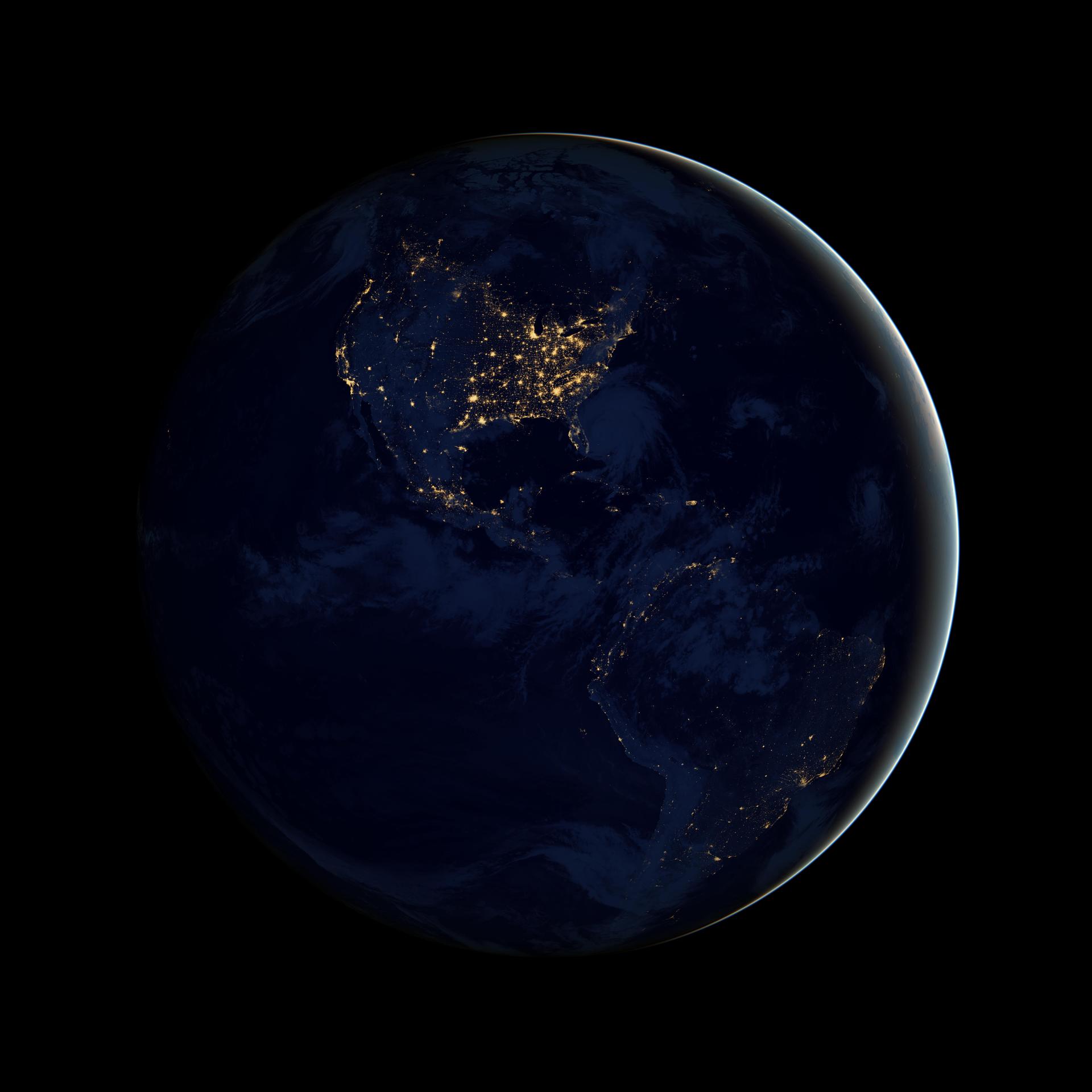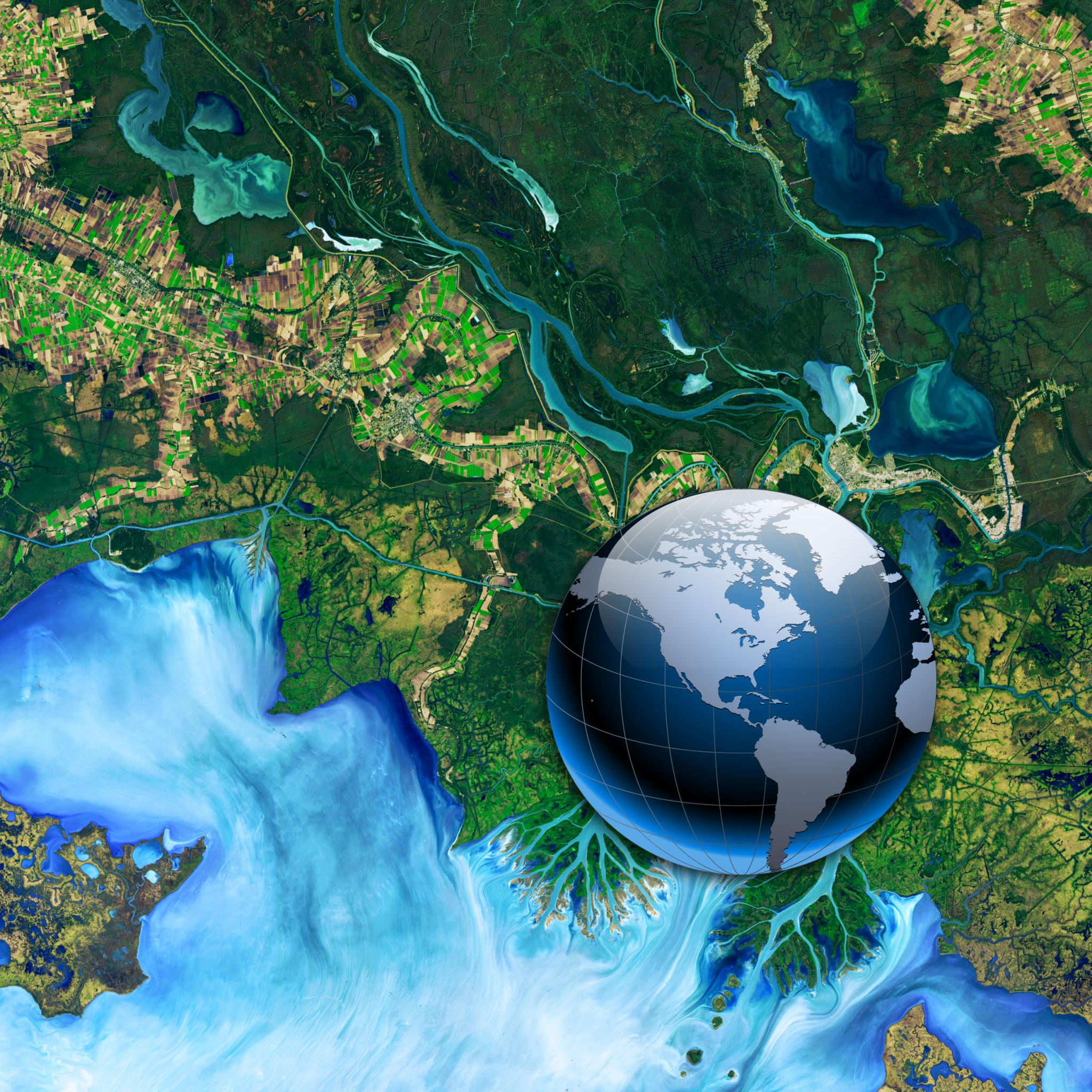Editor's Corner
These editorials chronicle NASA Earth Science history since 1989 – from the perspective of the EOS Senior Project Scientist. Each individual column reports on important “current” events that were taking place in NASA Earth Science at the time they were written.
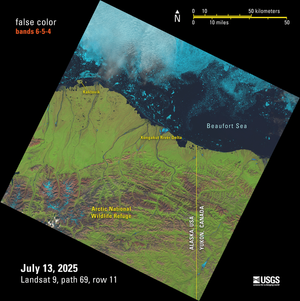
NOTE TO READERS: After more than three decades associated with or directly employed by NASA, Steve Platnick [GSFC—Deputy Director for…
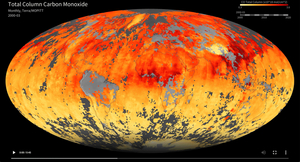
NASA’s Earth science missions have continued to demonstrate remarkable adaptability and innovation, balancing the legacy of long-standing satellites with the…
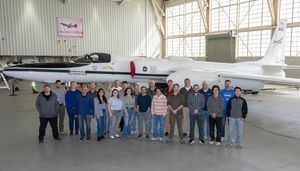
NASA’s Earth Observing fleet continues to age gracefully. While several new missions have joined the fleet in the past year,…
Feature Articles
Read stories about the history and accomplishments of current and former NASA Earth Science missions, programs, field campaigns, and outreach events, as well as a variety of other topics of interest to NASA Earth Science past, present, and future.
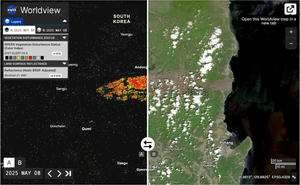
Introduction Landsat, a joint program of NASA and the U.S. Geological Survey (USGS), has been an invaluable tool for monitoring changes in Earth’s land surface for over 50 years. Researchers use instruments on Landsat satellites to monitor decades-long trends, including…
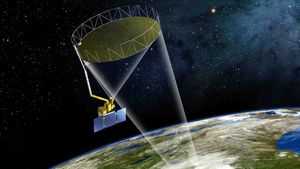
Introduction The NASA Soil Moisture Active Passive (SMAP) mission, launched in 2015, has over 10 years of global L-band radiometry observations. The low frequency [1.4 GHz frequency or 21 cm (8 in) wavelength] measurements provide information on the state of…
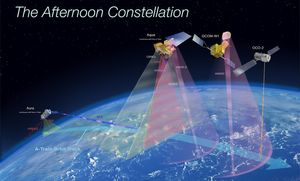
When woven together, the tapestry of experiences of staff and scientists provide the complete picture of OCO-2. Breathe in… Breathe out. This simple rhythm sets the foundation of life on Earth – and it’s a pattern that a NASA satellite…
Meeting Summaries
Read reports on Earth Science mission and instrument Science Team meetings, on science and applications workshops, and on other science meetings taking place both within NASA Earth Science and in the broader national and international Earth science communities.

Introduction The NASA Arctic–Boreal Vulnerability Experiment (ABoVE) is a large-scale ecological study in the northern regions of North America (Alaska…
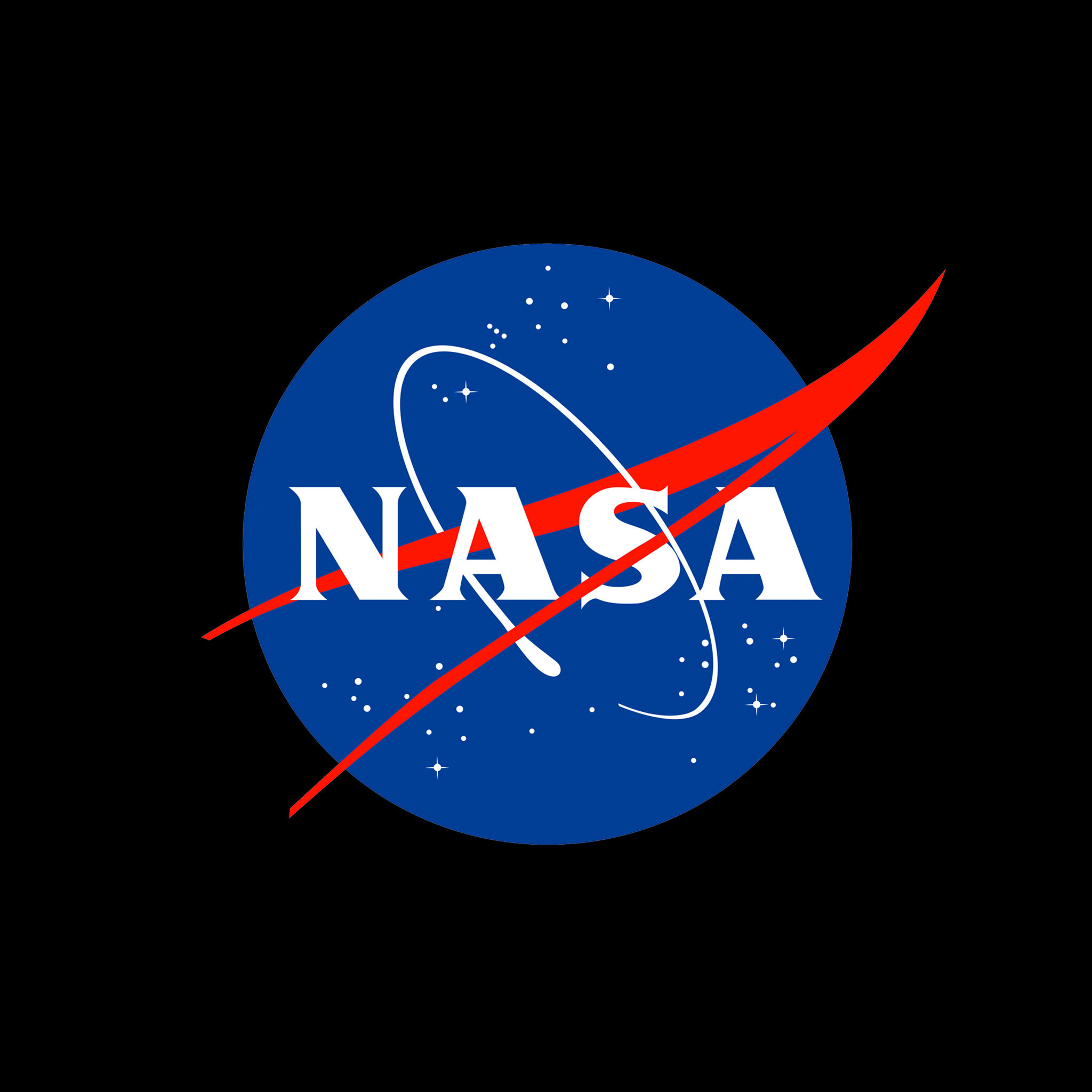
Introduction The 2025 Global Ecosystem Dynamics Investigation (GEDI) Science Team Meeting (STM) took place April 1–3, 2025 at the University…
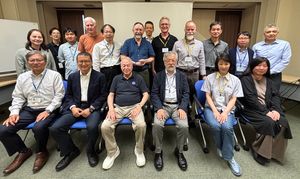
Introduction The Advanced Spaceborne Thermal Emission and Reflection Radiometer (ASTER) Science Team (ST) organized a three-day workshop that took place…
Earth Science Meeting and Workshop Calendars
NASA Community
-
01
Check back here for future NASA Community Meetings and Workshops
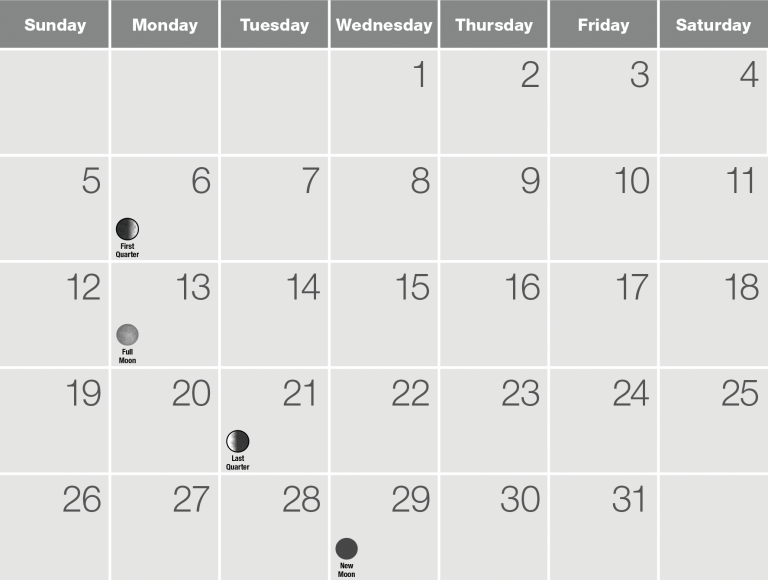
Global Science Community
-
01

The Global Learning and Observations to Benefit the Environment (GLOBE) Program is calling on volunteers of all ages to help students and citizen scientists document seasonal change through leaf color and land cover. The data collection event will support students across North America, Latin America, Central America, and Europe, who are working together to document the seasonal changes taking place from September through December. The observations will also provide vital data for GLOBE students creating student research projects for the GLOBE 2025 International Virtual Science Symposium (IVSS). The project is part of GLOBE’s Intensive Observation Period (IOP), which collects data during a focused period to assess how climate change is unfolding in different regions of the world.
Read more...
Earth Observer Staff
